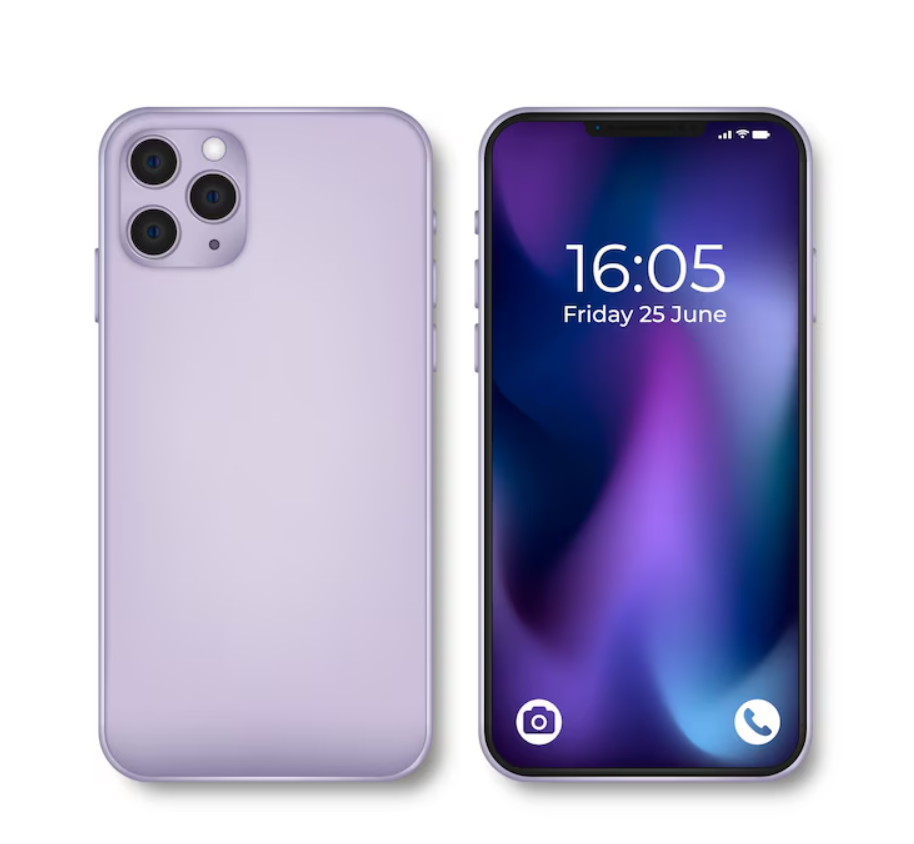The valuation of an iPhone typically declines at varying rates each year, influenced by factors such as age, model, condition, and market demand. Here’s a general breakdown of how depreciation works:
- First Year:
- An iPhone loses approximately 15-30% of its value within the first year. Newer models are released annually, which can drive down the value of older ones.
- Second Year:
- The depreciation accelerates, with the device losing an additional 20-40% of its value. By this time, two newer generations might be available.
- Third Year and Beyond:
- The depreciation slows but continues, with annual declines of 10-20%. After three years, an iPhone is often worth 30-40% of its original price, depending on its condition and usability.
- After Four to Five Years:
- Most iPhones retain some residual value, typically 10-20%, especially if they’re still functional. They are often repurposed or sold for parts.
Factors Affecting Depreciation
- Model Popularity: Flagship models like Pro/Pro Max versions tend to hold value longer.
- Condition: Devices in excellent condition, with no cracks or major scratches, depreciate more slowly.
- Storage Capacity: Higher storage models retain value better.
- Market Demand: A strong resale market can stabilize depreciation rates.
- Software Support: Devices still receiving iOS updates retain value better than those no longer supported.
If you’re looking for precise valuation trends for a specific model, let me know, and I can look it up for you!




